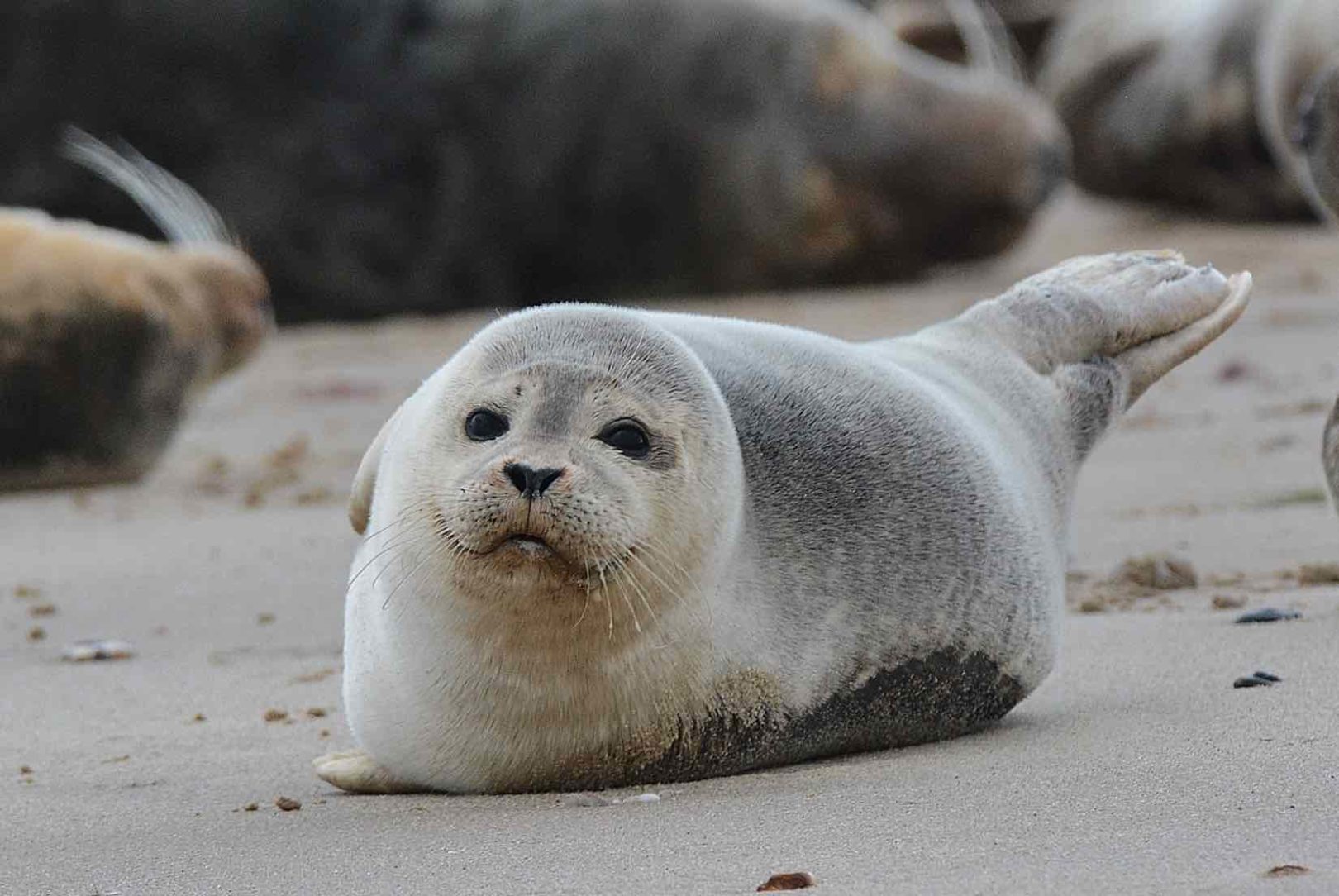Join us in a very special weekend poetry writing retreat. It will span three afternoons: 19 to 21 March 2021.
Five Key Species at risk
As part of its commitment to nature recovery, the Norfolk Coast Partnership – guardian of the area of outstanding natural beauty – has chosen five key species at risk and pledged to work to stabilise their conditions. (see below for more details)
Lucy Galvin, editor of the Norfolk Coast Guardian, has asked artist and writer Karen Frances Eng to convene a group of poets to consider these five species, then generate poems in response for publication in the paper and/or online.
Bookings:
Join this group by booking online via mail@groundworkgallery.com with the heading ‘Poetry retreat’.
Fee: £65, (£53.00 concessionary rate)

The outline programme
Friday 3-5pm: We’ll meet editor Lucy Galvin, who will introduce us to the species . Participants will receive materials and starting points for consideration and research.
Saturday 3-5pm: We’ll meet again to share initial drafts and ideas and to offer each other feedback.
Sunday 3-5pm: We’ll gather for a final reading and discussion.
Every morning of the retreat, Karen will deliver poems and writings to read for inspiration, and suggested writing exercises. She will also be available for one-to-one guidance as needed.
Publication
All participants will also receive a copy of WALK WITH ME, a book of poems and photographs of the Norfolk Coast.
After the retreat, Lucy will select poems for publication in the Norfolk Coast Guardian. We will also publish a selection on the NCP and GroundWork websites.
More details about 5 species at risk
1. The Little Tern
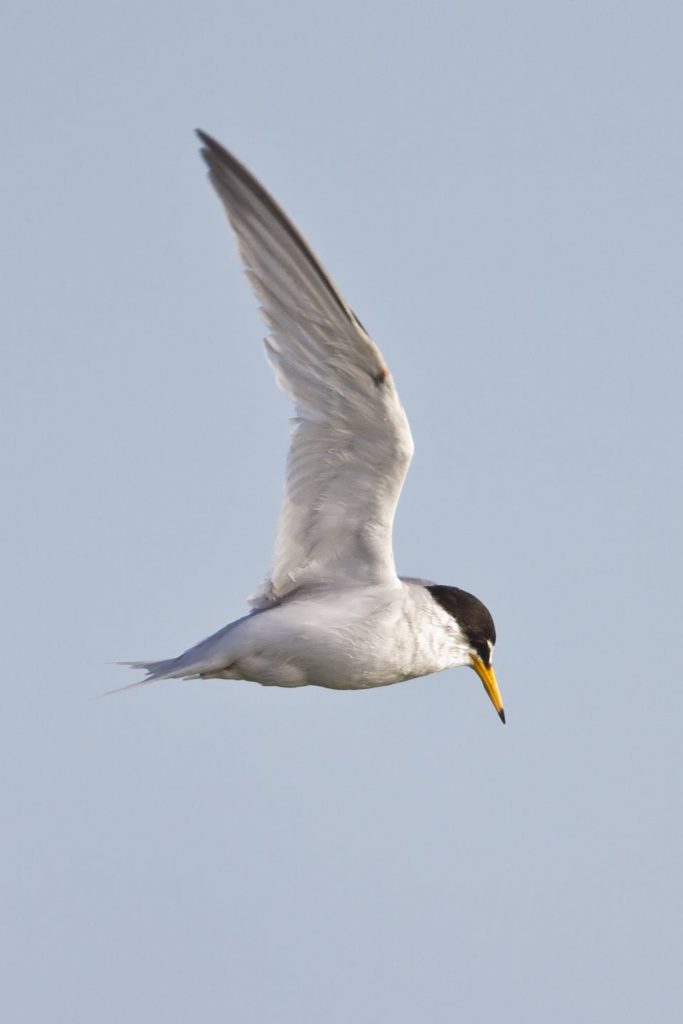
The Little tern – a bird of the coastal strip, appearing in spring and summer. Although they have different management requirements, approaches will look also to benefit the Ringed Plover & other beach nesting birds. Issues are visitor engagement and disturbance.
Norfolk is a significant county for the Little Tern, they breed on several beaches along the coast. Where possible a number of conservation bodies including the Norfolk Wildlife Trust aim to protect them. At our Holme Dunes reserve up to 25 pairs breed each spring. The Trust employs a seasonal Little Tern warden to assist the resident warden to monitor and protect the colony. Fencing around the area ensures that people do not disturb the birds. However, along with having to deal with naturally occurring predators, the birds are easily worried by dogs and their owners approaching too close. So we do try and educate people to give the colony a wide berth.
Rising sea levels and unseasonal storms can also wreck a breeding season. However numbers are holding and with proper consideration by the public, should continue to do so. The adults can be seen feeding along the water’s edge near colonies. So it is possible to see them without approaching the nest site. The fenced areas can also act as a ‘safe area’ for other breeding birds particularly ring plover.
2. Pink-footed Goose
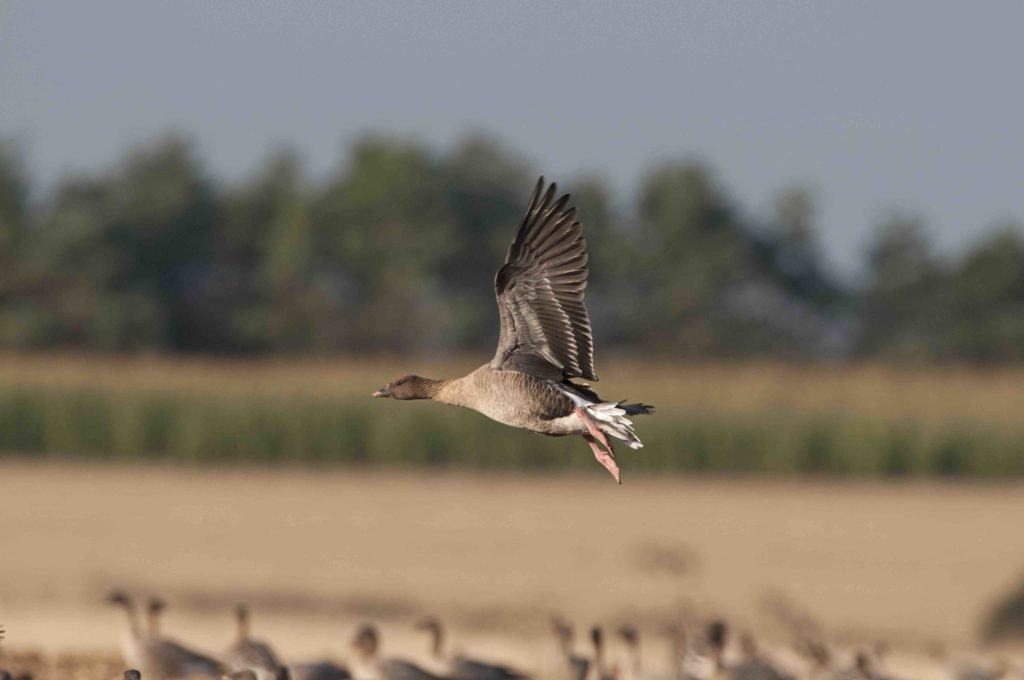
The Pink-footed Goose – a wonderful winter migration spectacle coming in to roost. It shows the links between coastal and inland habitats.
There are issues around disturbance: Norfolk has become, once again, important winter quarters for this species. From a low number in the 1950s of only a few thousand, well over 150,000 birds have been noted in recent years. This represents a large proportion of the world population.
This ‘grey’ goose is predominately brown, and relatively diminutive, its chocolate coloured head and small brown, orange-banded bill are its defining features. They can often be seen in large groups on inland grazing marshes or winter wheat-fields. In recent years they have learnt to enjoy the sugar-beet tops that are left lying on muddy fields after harvest. It is important to engage with farmers concerning leaving these fields unploughed for as long as possible.
They breed in Iceland and Greenland. Successive poor summers and heavy predation of goslings can affect the population. But their greatest threat is from changes in agriculture and land development in Norfolk. So their protection needs constant vigilance and like many migratory birds, a global strategy. In Norfolk huge skeins of pink-footed geese in their classic V-formations, can be seen in their thousands. Listen for them uttering their high-pitched honk of ‘wink-wink’.
3. Harbour Seal
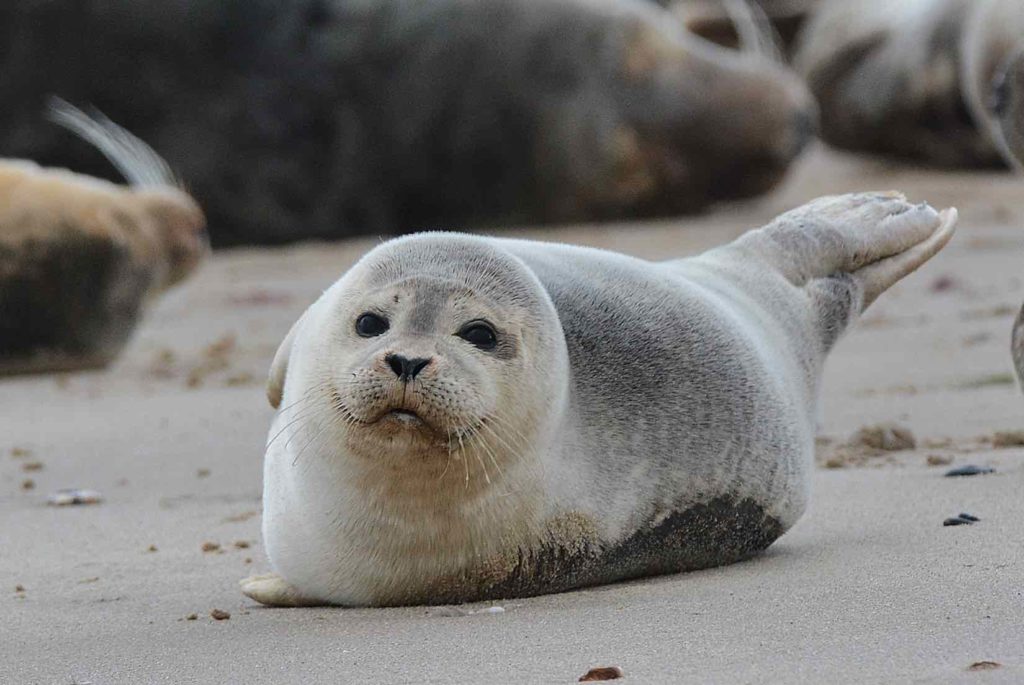
The Harbour (common) seal – a marine mammal, is more vulnerable than the Grey seal, but the latter will stand to benefit from the focus on seals. Summer is the pupping season, but also they are observed all year round. They are very popular with visitors but disturbance, especially by dogs, is an issue.
In Norfolk the Harbour seal breeding population is concentrated on the sandbanks out in the Wash.
Occasionally harbour seals will pup on coastal beaches and as this is during the summer, disturbance is a problem. It is believed that the canine distemper that was in the grey seal population may have been transferred into the species from dogs. As with all marine mammals, pollution, boat strike and entanglement in fishing gear is a problem. Again education is an important factor in protecting this species.
4. Barbastelle Bat
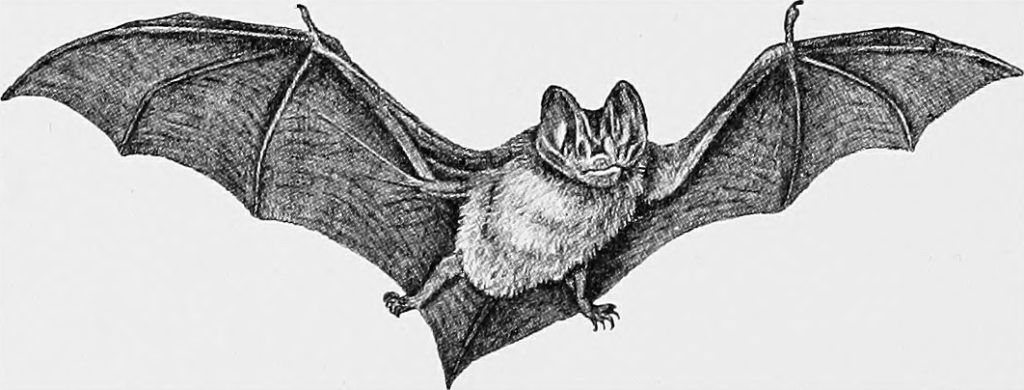
The Barbastelle bat – its stronghold is in Norfolk and throughout area of outstanding natural beauty. It has links to historic and cultural buildings, with a range of habitats, from woodland edges to farmland and freshwater bodies. It links to dark skies and issues of light pollution. Vigilance will also benefit other bat species and invertebrates.
The Barbastelle bat is one of the UK’s rarest, with estimates of between 5,000 and 10,000 individuals. There are only five known maternity roosts. Norfolk is one of this species’s strongholds. Paston Hall’s 15th century Great Barn on the north-east Norfolk coast is the only known maternity roost in a building. The roost is protected and a working group has been set up to monitor the population. This population is close to the coast and often forages along the sandy cliff-tops nearby.
The species favours pastoral landscapes with patches of deciduous woodland and bodies of water. The bat has declined in recent years. This is due to a reduction in insect prey, loss and disturbance of roosts and fragmentation of ancient semi-natural woodland. In Norfolk a major road building scheme threatens an important population.
5. White-Clawed Crayfish
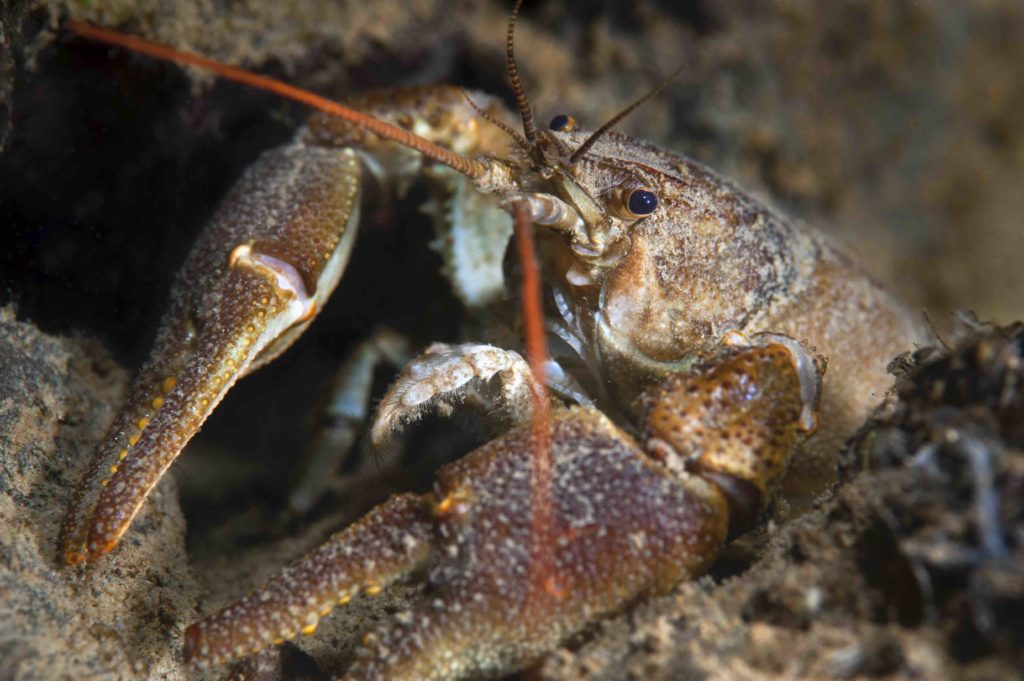
The White-clawed crayfish – is under threat. It lives in inland rivers. AONB chalk rivers are some of last remaining sites for this species. Issues are pollution, and non-native species. Conservation effort for this species will benefit a wide range of habitats and species in rivers,. There are opportunities for further public engagement.
In Norfolk the White-Clawed Crayfish live in the Wissey, Glaven and Wensum rivers. The latter is a Special Area of Conservation for this native crayfish. The larger non-native Signal Crayfish can out compete and even attack our white-claw crayfish. But the biggest problem is that it carries a fungus (Aphanomyces astaci), commonly known as ‘crayfish plague’, which does not affect them, but can be lethal for the native species.
Following recent outbreaks, local warnings have been given to all water users on the River Waveney in nearby Suffolk, regarding this crayfish plague. The Environment Agency is advising the public to clean any equipment with disinfectant, bleach or anti-fungicidal products.
There are a number of breeding programmes around the country. With better water quality and a greater understanding of the threats to white-clawed crayfish, it is hope their decline can be reversed.
Bookings:
Join this group by booking online via mail@groundworkgallery.com using the heading ‘Poetry retreat’ Fee: £65, (£53.00 concessionary rate)

